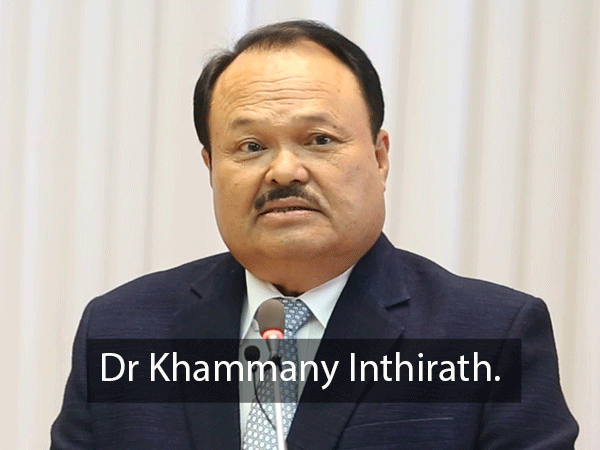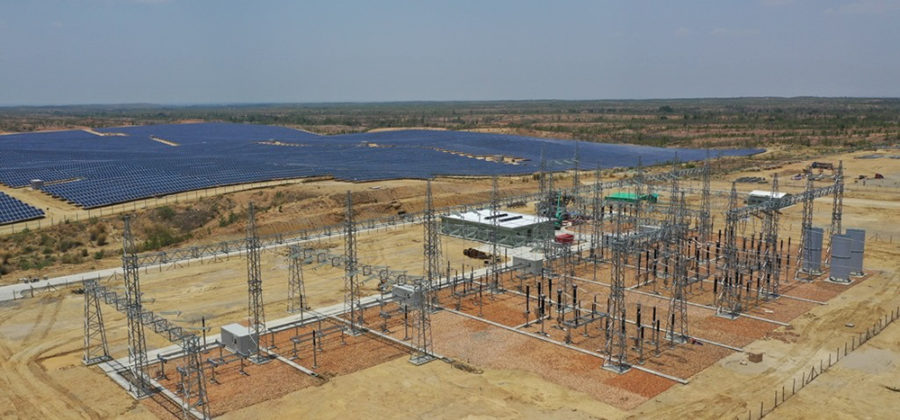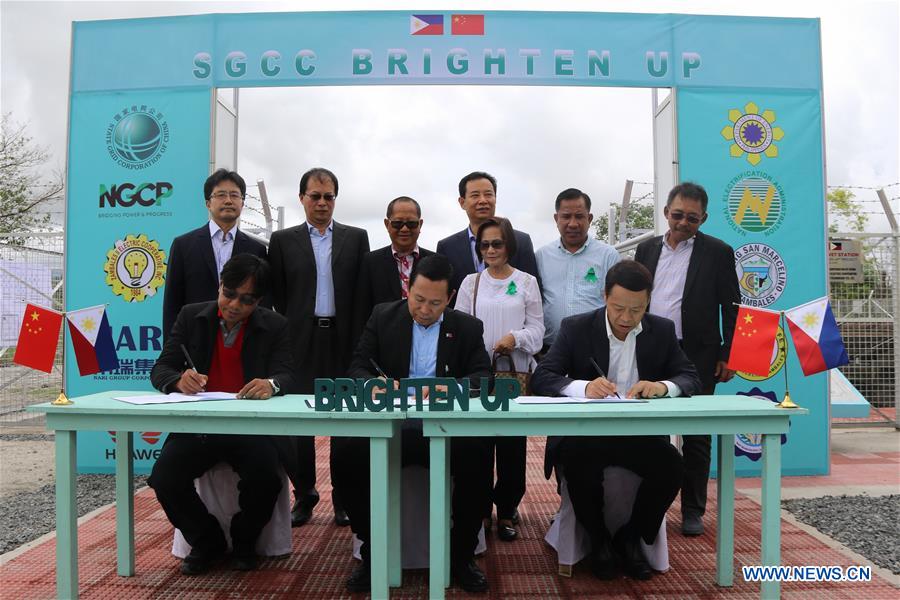- Electricity/Power Grid
–
- Philippines
National Grid Corp. of the Philippines (NGCP) has secured regulators’ green light for its proposed P9.7-billion Taguig Extra High-Voltage (EHV) Substation Project, which is intended to accommodate supply inflows from any new power plants.
The Energy Regulatory Commission (ERC) approved NGCP’s application for permission to build the project that would serve as another drawdown substation to decongest the San Jose EHV Substation and provide higher level of reliability to the Luzon Grid system.
The San Jose EHV Substation is the chief merging point of bulk electricity supply coming from coal-fired power plants in Masinloc, Zambales, and Sual, Pangasinan, in the north of Metro Manila and well as power plants in Quezon in the south.
“The approval of the NGCP’s Taguig Extra High-Voltage (EHV) substation project will address the growing power demand and power import in Metro Manila,” ERC Chair Agnes Devanadera said in a statement.
“Additional capacities that will be injected into the transmission network by new power generators will soon be accommodated through this project, which will mean a sustainable and reliable supply of power” Devanadera said.
Apart from the decongestion of the San Jose EHV Substation, the 500-kilovolt Taguig EHV Substation will also ease traffic in the existing 230 kV single-circuit line from Quezon province to Muntinlupa City during emergency situations such as grid failure.
Taguig EHV will also address the severe under voltage in the 230-kV substations within Metro Manila, caused by the single-circuit configuration and heavy loading condition of the Quezon-Doña Imelda-Paco-Muntinlupa 230 kV Transmission Line.








